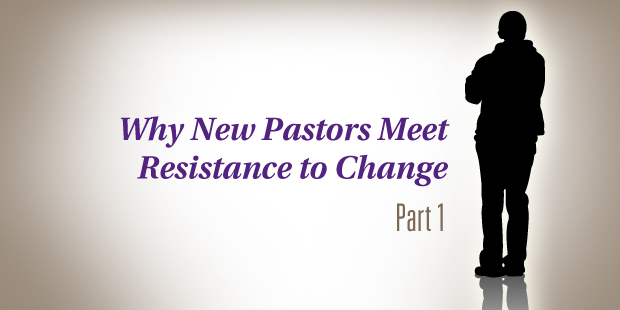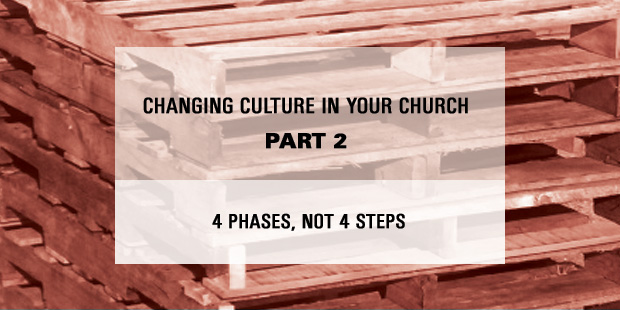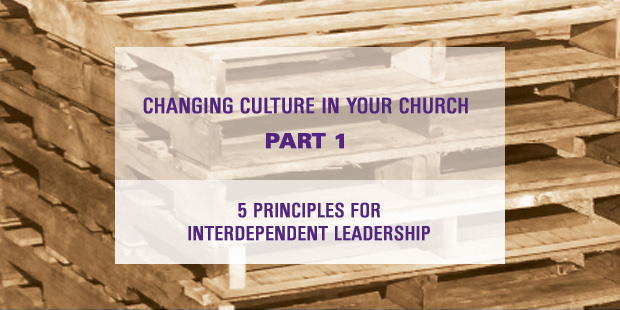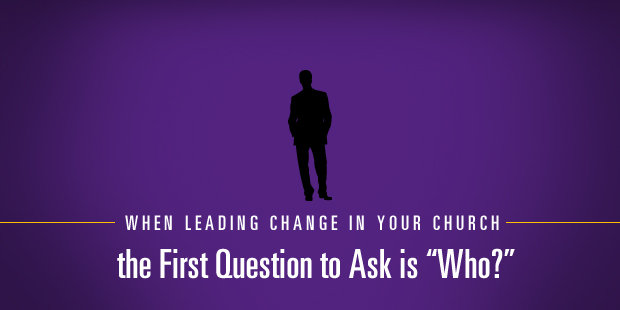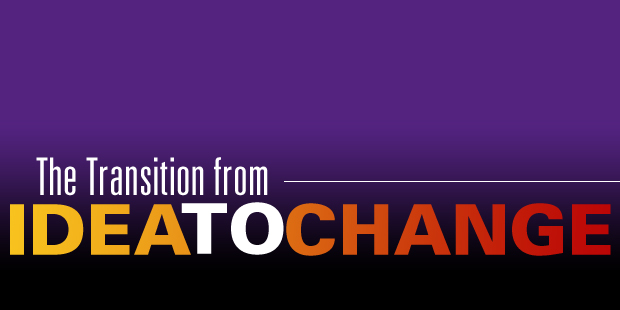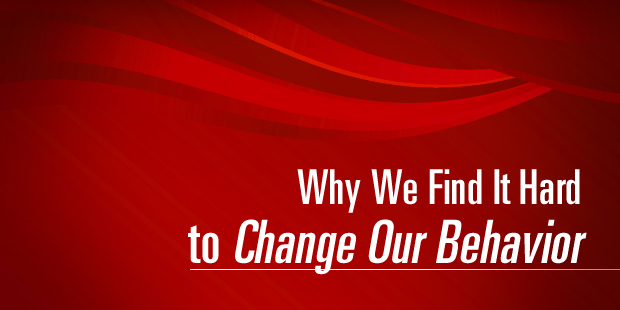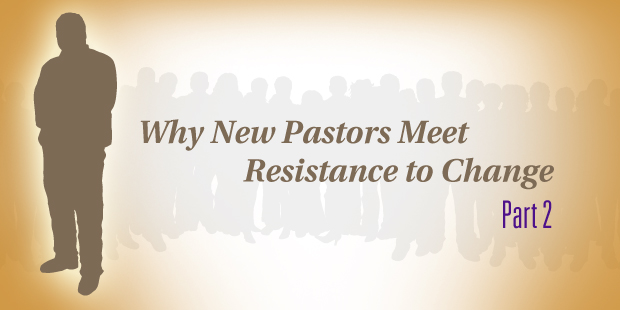
Why New Pastors Meet Resistance to Change, Part 2
In a previous post, I discussed why people in the church resist change. If you lead well, then resistance to change will eventually shift to an acceptance of the necessity of change. Even when people accept the idea of change, however, the actual implementation of the change effort can be painful. For example, most Americans agree something needs to change at the IRS. I doubt we’ll see any lawmaker defend the current state of the agency on cable news stations. Does this general acceptance mean enduring change will now happen quickly? I have my doubts.
New pastors often encounter a strong contingent within their congregations who accept the need for change, even the enduring cultural change I mentioned in the previous post. The size of this group depends upon the church, but they are inevitably there. As your tenure lengthens, this group should grow as more people begin to trust your discernment. Conversely, if this group is shrinking, then stop reading and start building better relationships. Leading change while your reputation diminishes is a suicide mission. Assuming you have done the legwork to get most people accepting the need for change, why might this change effort still meet resistance?
Most organizations are too complex for one person to lead a change effort. The median church size is approximately 75 people. Any organization of 75—church or not—is a complex system of relationships, opinions, maturity (or immaturity), and attitudes. Is it feasible that one person can lead a change effort at the IRS? No way. And it’s just as feasible that you alone are going to be the cause and effect at your church. Lone rangers are just that—they work alone. And you don’t wear a mask. Your church knows where you live. Enduring cultural change only happens if it is led (not just accepted) by a coalition of those with positional power, expertise, experience, and credibility. In short, if key members are not on board, then it’s unlikely your change effort lasts in the culture of the church.
Change efforts come with a cost. While we often refer to the cliché synergy of change efforts, the reality is many changes are zero-sum: You must sacrifice one area to gain in another area. For example, if you change a church to be more flexible, then it often leads to a decrease in efficiency. Flexibility adds options, and more options mean more decisions, which reduces efficiency. For instance, if you allow for multiple types of small groups in your church (i.e. open and closed), then you are more flexible. However, managing multiple types of small groups takes more time and is less efficient. Enduring cultural change occurs when a coalition of leaders agree on what is to be sacrificed in order to enact the change.
The pace of change is just as important as the change itself. Do you create a crisis to ramrod sudden change? If so, then you must be willing to intimidate and act forcibly. Do you allow for gradualism? Some changes can happen over time, but these changes may also slowly evolve in a way unintended. Let me give you a few examples to help answer these questions.
- Move quickly through change with doctrine and discipline issues. These issues have little middle ground. A person either believes in a specific doctrine or not. A person is either repentant or he is not. For example, you should not slowly remove a group leader if she outright denies a primary tenet of the church. Such change must happen quickly.
- Move through change in stages with structural, staff, and non-biblical issues. It’s unwise (if not sheer stupidity) to restructure the staff in your first month before you even have a grasp everyone’s job descriptions and callings. Learn the current system—and more importantly the people within the system—before radicalizing it.
- Move slowly through change if it’s your first church. You may be right about many things that need to change, but you are likely wrong about how to change them. If you don’t think you need leadership experience to change a church, then you need more experience. Don’t learn the hard way.
Lastly, change is not the most important role for church leaders. Don’t attempt change if you haven’t learned to love the people of the church and the community. If you haven’t had supper with a dozen members, you’re not ready to lead change. If you don’t know the name of the deacon chairman’s spouse, you’re not ready to lead change. If you can’t succinctly describe your group structure, you’re not ready to lead change. Pastors, you cannot lead a church forward unless you love your church where it is now, not where you hope it will be in the future. Change is important. But true change does not happen without love.
Read Part 1 here.
Read more from Sam here.

Tags: Change, Leadership Engine, Sam Rainer, Staff












